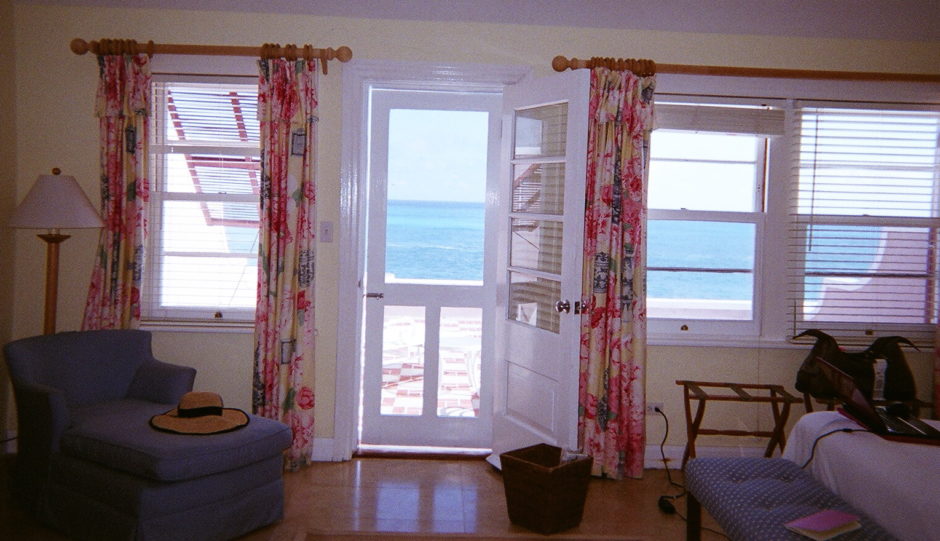Nancy Anne Miller’s short-stanza free verse is distinguished by her imagery. Before devoting herself to poetry, Miller was a photographer and a painter. One finds both these visual orientations in her poetry. As a photographer, she takes snapshots of objects and captures them in their instantaneity; she feels through images, as in her evocation of climbing a spiral staircase in To Keep the Light where: The spinning steps up, causes a dervish trance, the ecstasy of circling. As a painter, she achieves a poetic equivalent to spatial perspective through her often startling metaphors and similes. Miller’s poems brim and burst with images: an object evokes another object evokes another object. In this way, she gives her poems weight and three-dimensionality. In Mosquito Net at Elma Napier’s Estate: The muslin ties at the bottom, like a mango heavy in a string market bag she bought in Baptiste. Hangs like an exclamation mark for the filmy subconscious.
At times, as with Relief and Postal, Miller develops a single metaphor, mixing keen observation with humour; more frequently, the images succeed each other in a manner echoing a stream of consciousness narrative, as in Every Civilization where in describing a tea urn: Liquid the colour of elastic downpours into an elephant’s trunk in an empire where all human memory was stretched.
It is by such imaginative means that she pursues her impassioned quest to express her several cultural allegiances, to Bermuda, England, and America, as in Every Civilization, England Taught Me, and Postal. Through her imagery, she manages, often wryly, sometimes tenderly, always playfully, to point up striking contrasts between these three Anglophone worlds. Her Bermudian roots hold her firmly and give to all her poems a textural vivacity and a sensuous liveliness; one comes away from her poetry refreshed as if one had gulped cold water in a dry land.
—George Hobson, poet, author of Faces of Memory, a former Anglican priest for The American Cathedral in Paris


